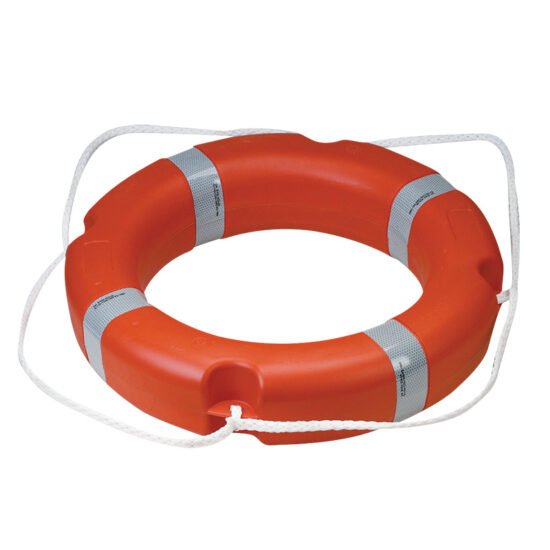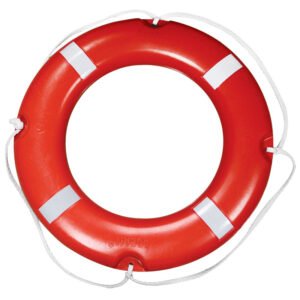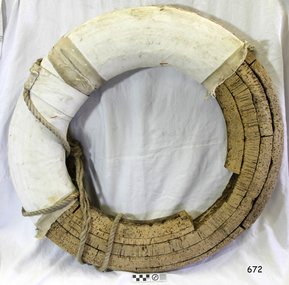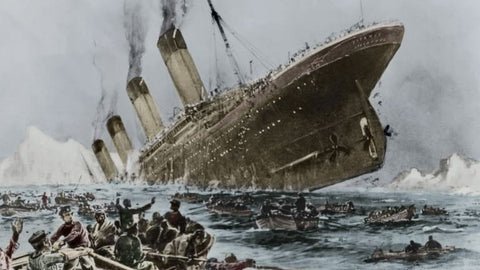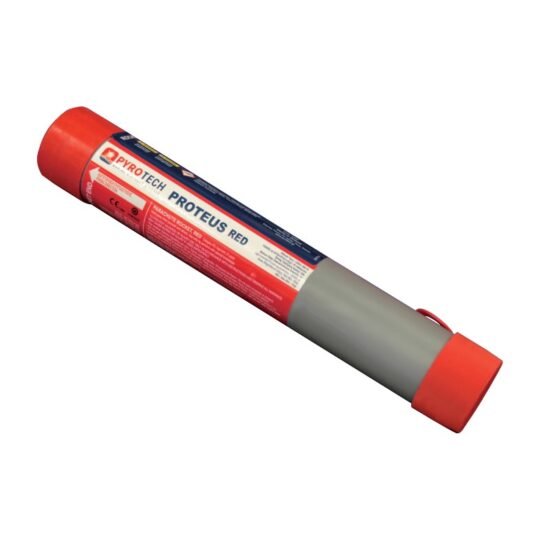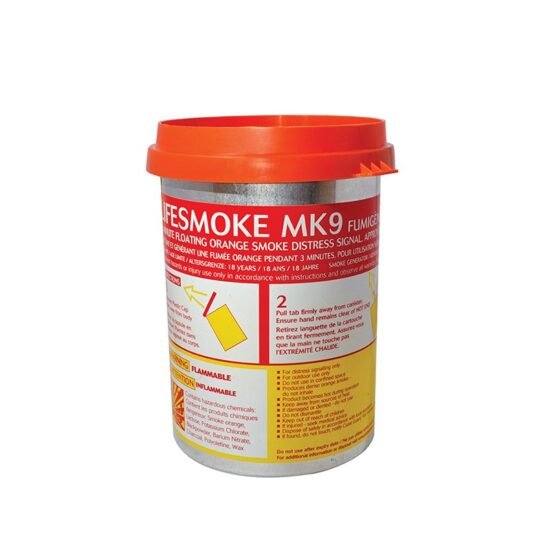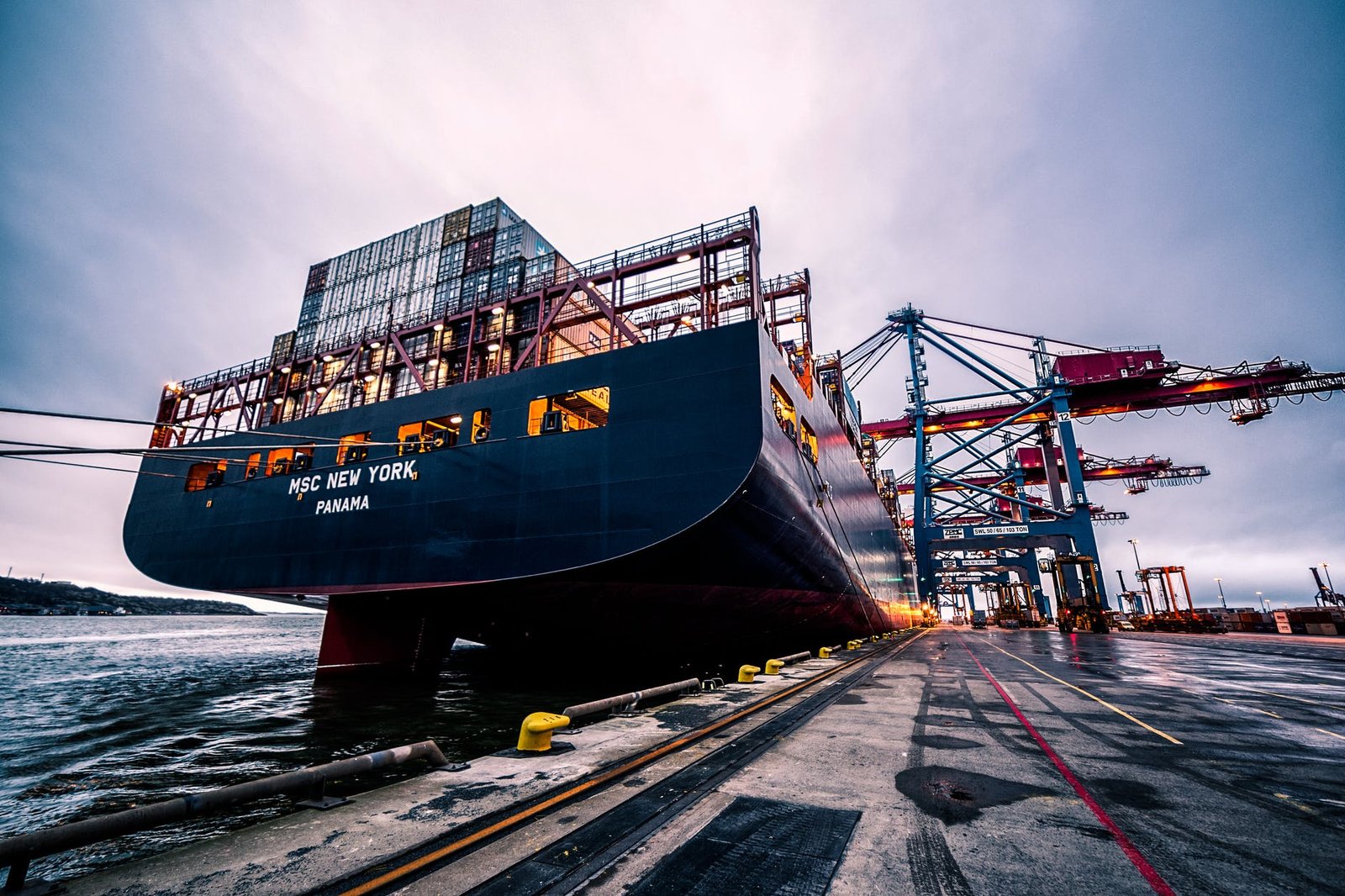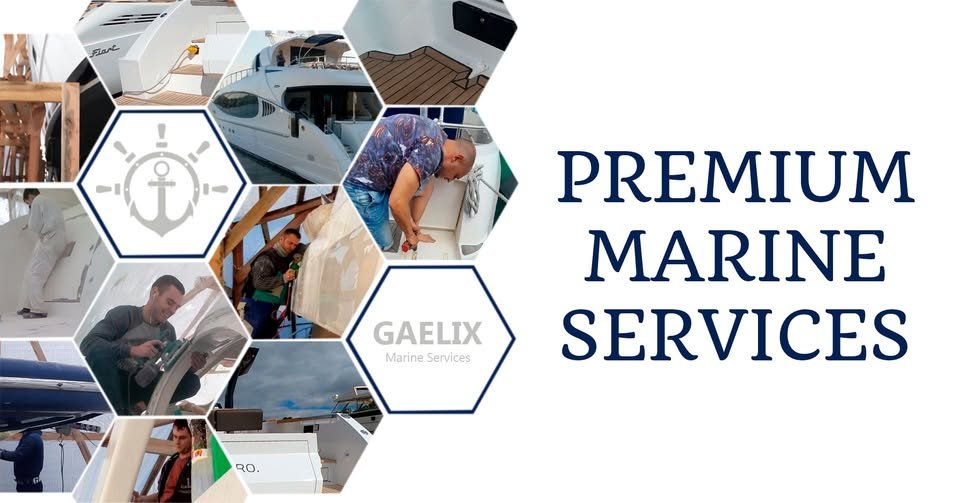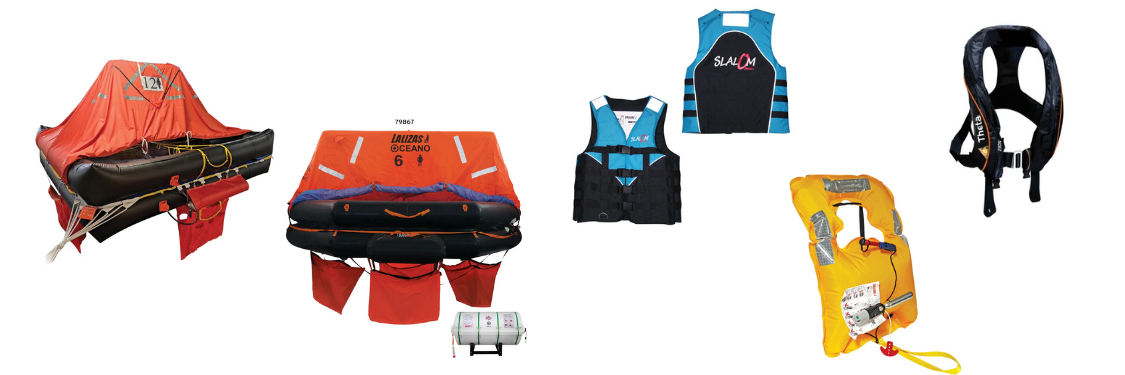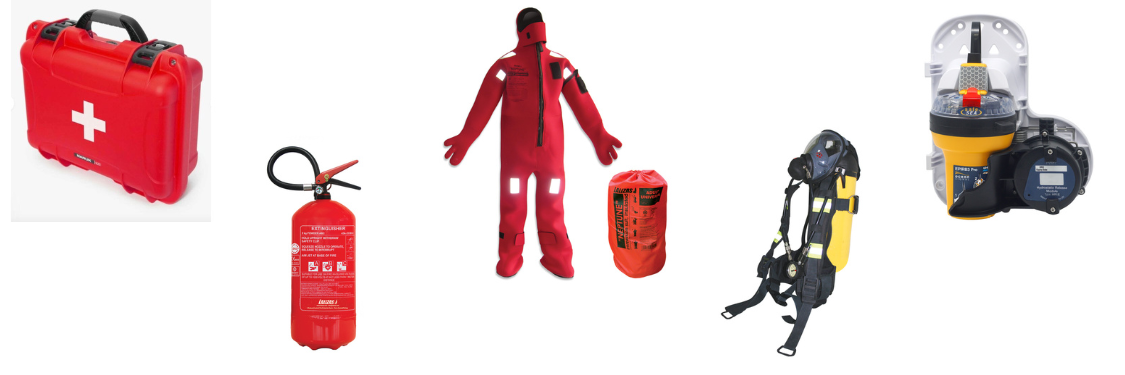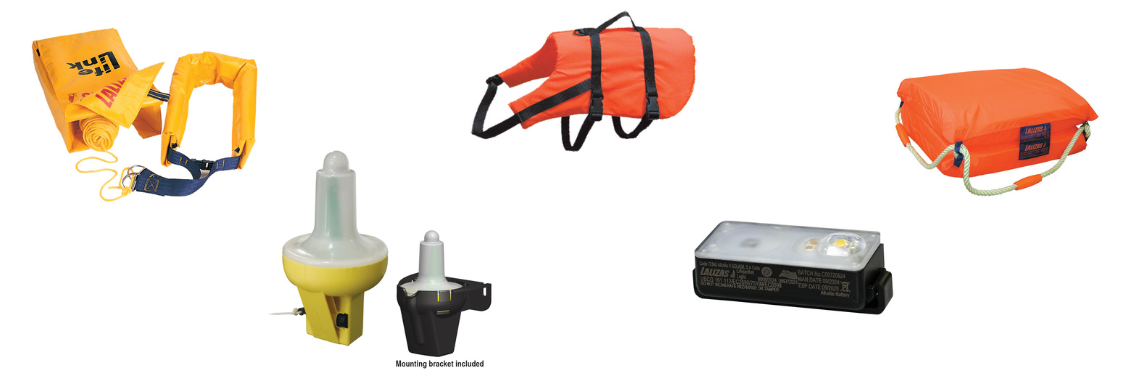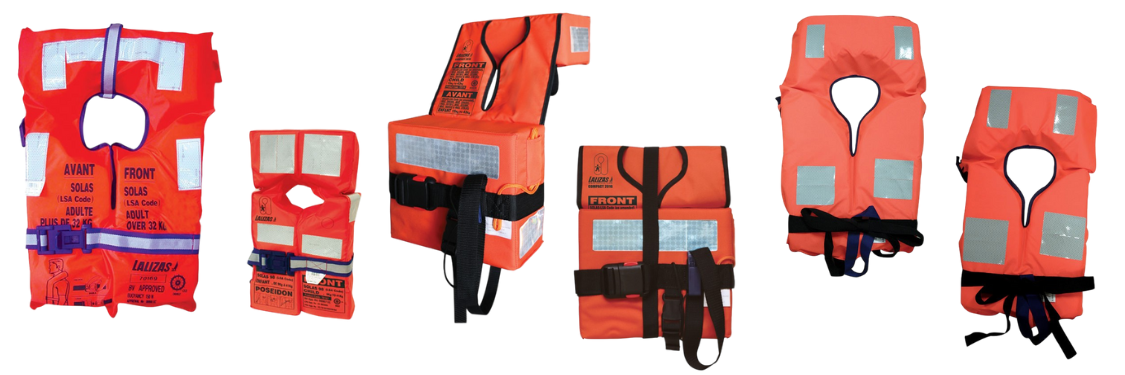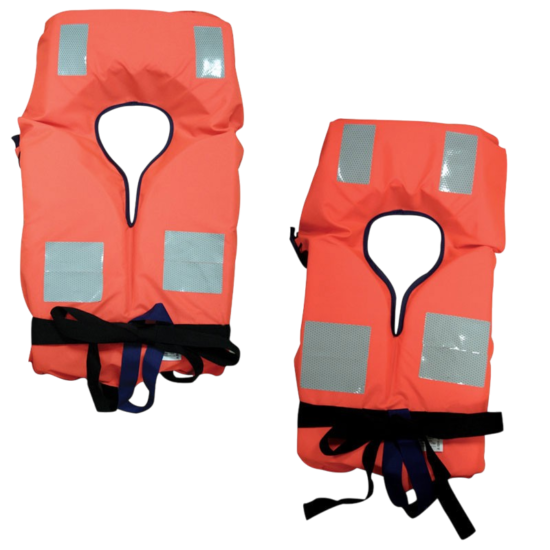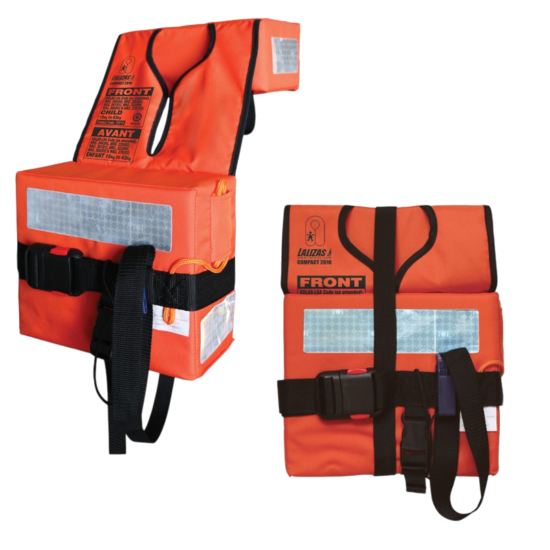Maritime safety has always been and remains a top priority for shipowners, crew members, and regulatory organizations. International standards, such as SOLAS (Safety of Life at Sea), establish strict requirements for life-saving equipment that ensures the safety of crew members and passengers in emergencies.
Gaelix Marine Service, as an official representative of Lalizas, offers certified life-saving equipment that meets international standards. This article provides a detailed overview of the key categories of equipment, their purpose, and the importance of certification.
Key Categories of Life-Saving Equipment
1. Life Rafts
Life rafts are designed for emergency evacuation from a vessel. They must be readily accessible and equipped with everything necessary for survival at sea for an extended period.
Recommended life raft models:
- Lalizas SOLAS OCEANO Pack A 72550 – Designed for up to 50 people, suitable for unrestricted navigation.
- Lalizas EUROPE II INSHORE – A compact raft for coastal navigation, designed for 4-8 people.
Both options comply with international safety standards and provide essential protection in extreme conditions.
2. Hydrostatic Release Units (HRU)
A hydrostatic release unit automatically detaches and activates the life raft when the vessel sinks.
Lalizas HRU – A reliable mechanism operating at a depth of 1.5 to 4 meters, certified according to SOLAS/MED/USCG standards.
3. Search and Rescue Radar Transponders (SART)
SART allows rescue teams to quickly locate life-saving equipment using radar, significantly increasing the chances of survival.
Ocean Signal SafeSea S100 – A compact and powerful radar beacon with a long battery life.
4. Life Jackets
Life jackets are an essential safety requirement on any vessel. They must keep a person afloat and ensure their safety until rescue arrives.
Lalizas Alpha 275N SOLAS – An automatic inflatable life jacket designed for commercial vessels.
5. Lifebuoys
A lifebuoy provides immediate buoyancy to a person overboard. It must be easily accessible and comply with SOLAS requirements.
6. Signaling Devices
To attract the attention of rescuers, specialized signaling devices are used:
- Parachute rockets – Visibility up to 30 miles.
- Hand flares – Provide a bright light signal.
- Smoke signals – Used during the day to mark location.
7. First Aid Kits
A first aid kit is essential on every vessel. It contains medications and supplies for emergency medical assistance.
Certification of Life-Saving Equipment
Certification is a crucial aspect of maritime safety. All equipment offered by Gaelix Marine Service undergoes strict quality control and complies with the following standards:
- SOLAS – The International Convention for the Safety of Life at Sea.
- MED – The EU Marine Equipment Directive.
- USCG – Certification by the United States Coast Guard.
Learn More About Certification
Why Choose Gaelix Marine Service?
- Official representative of Lalizas – Direct supplies without intermediaries.
- Guaranteed compliance with international standards.
- Expert consultation and support in equipment selection.
- Flexible cooperation terms for ship management and supply companies.
We Invite Ship Management and Supply Companies to Cooperate
We offer favorable cooperation terms for shipowners, fleet operators, and marine supply companies.
Contact us today to receive a personalized offer.
Order Certified Life-Saving Equipment Now
- Ensure the safety of your vessel and crew.
- Comply with international regulations.
- Choose tested and proven solutions from Lalizas.
Gaelix Marine Service – Your Reliable Partner in Maritime Safety.





